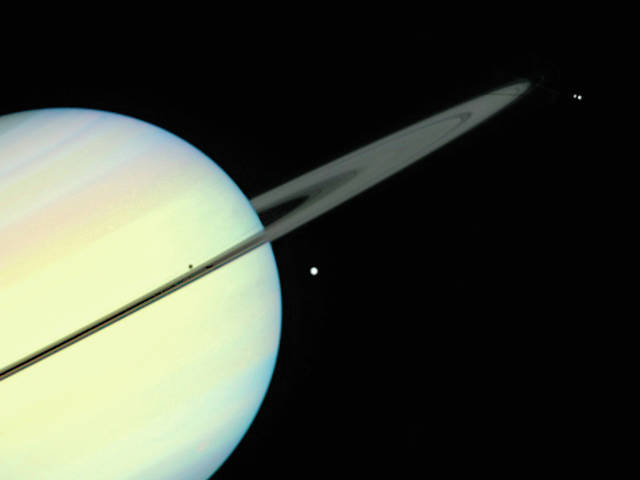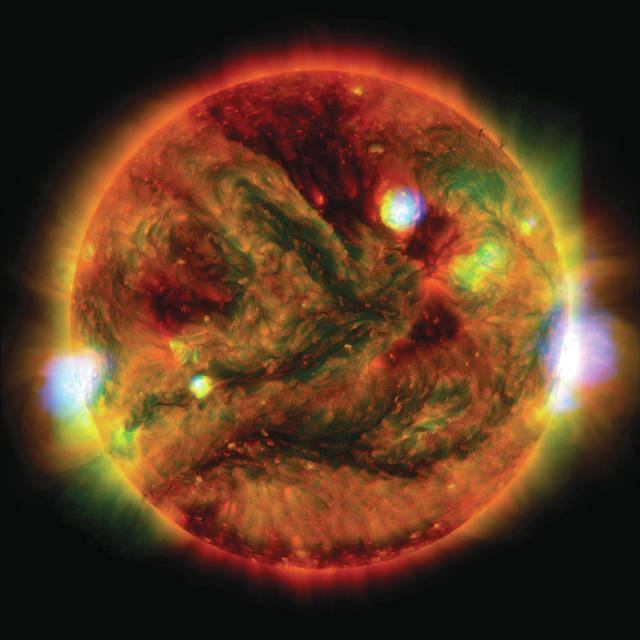Astronomy is often thought of as a time machine: as we look farther and farther back in the universe, we are looking further and further back in time, seeing how things looked sometimes billions of years ago.
‘Imiloa Astronomy Center’s Maunakea Skies talk at 7 p.m. Friday (Sept. 21) will follow time in a different way, with a three-part presentation by keiki astronomers to young adults and a “seasoned” astronomer.
The evening begins with an exploration of the August/September sky, as seen by future scientists and engineers — the keiki who participated in Camp Laniakea.
Funded by the Thirty Meter Telescope, the camp ran for four weekends in August for keiki who were displaced by the Kilauea eruption in lower Puna. TMT, partnering with the Hawaii Science and Tech Museum, Gemini Observatory and others, provided the children with opportunities to take part in engineering challenges, drone flight training, astronomy activities, stargazing and more.
They will share their observations and lessons learned about the objects in the late summer sky, including the sun, the moon and other solar system destinations.
The second part of the evening will showcase insights from TMT’s Akamai interns, participants in a local program dedicated to advancing Hawaii college students into science and technology careers.
Finally, Gordon K. Squires, senior astronomer with TMT, will look again at the objects discussed by the Camp Laniakea explorers and the Akamai interns, revealing some of the very latest discoveries enabled by Maunakea observatories and NASA space telescopes.
Squires is an astronomer at the California Institute of Technology, working with TMT, as well as many NASA telescopes with Caltech involvement. His research explores the old, cold and distant universe — understanding how galaxies formed billions of years ago and what is the nature of the dark matter and dark energy that fills space.
This discussion looks at the moon and the sun in a whole new way. The quest for water and the potential for life around Saturn and Jupiter and elsewhere in our solar system also will be considered. The latest images from NASA’s Cassini, Dawn, Jupiter and New Horizons missions, among others, will frame the exploration.
Hosted by planetarium technician Emily Peavy, ‘Imiloa’s monthly Maunakea Skies program includes observational highlights of the current night sky over Hawaii, with the audience able to view prominent constellations and stars visible during this time of year.
General admission tickets are $10, or $8 for ‘Imiloa members. Pre-purchase tickets at ‘Imiloa’s front desk or by calling 932-8901.
For more information, visit www.imiloahawaii.org.




